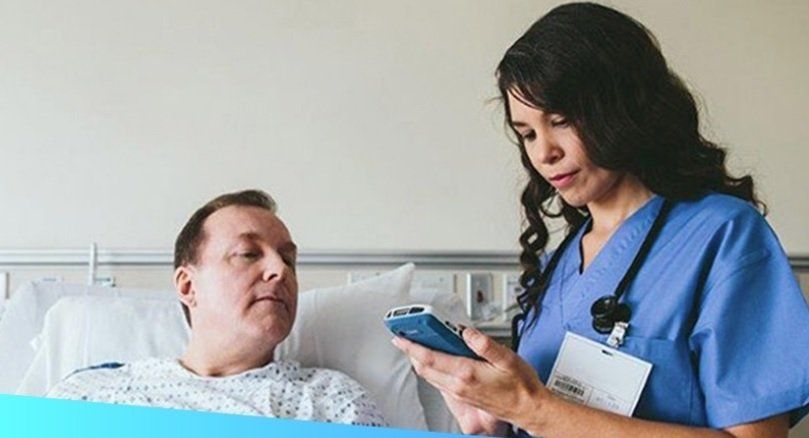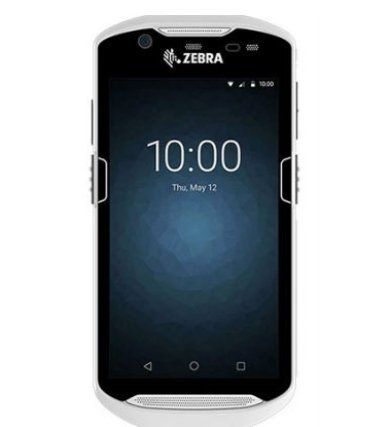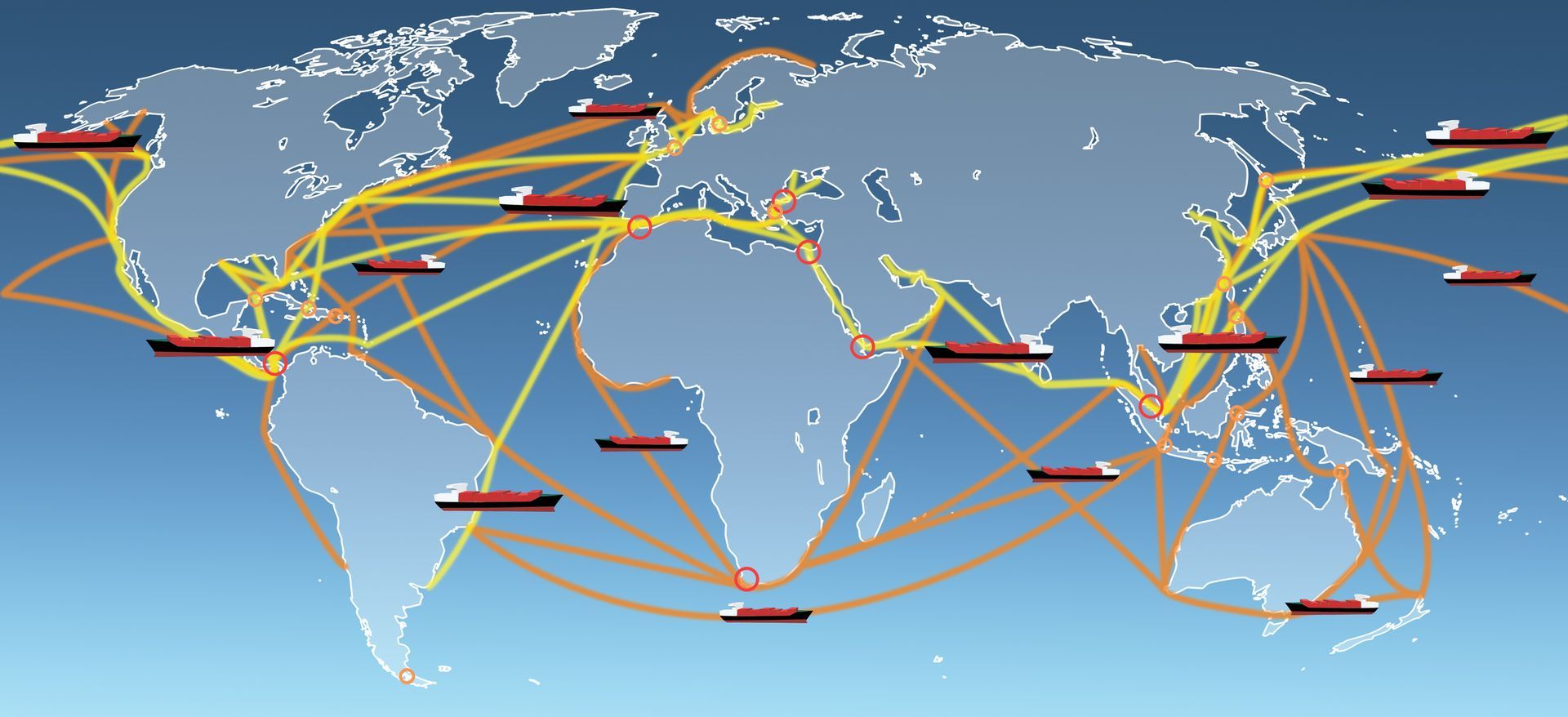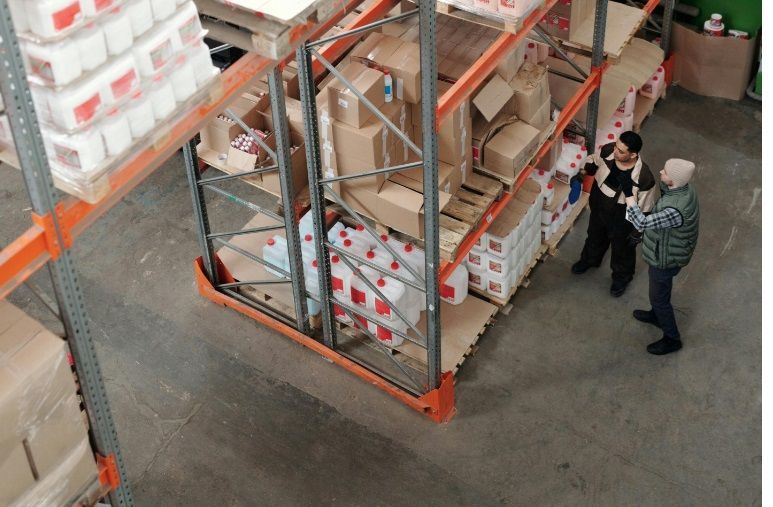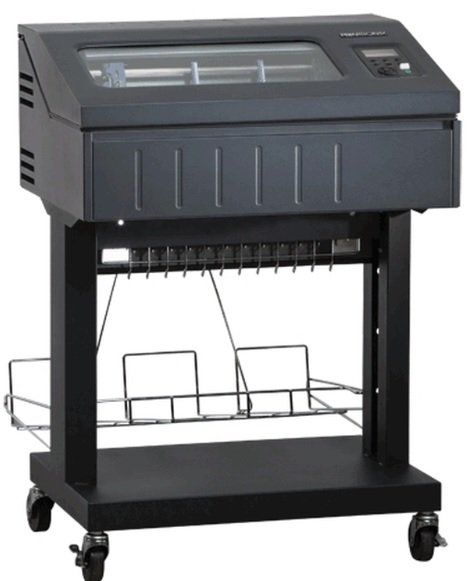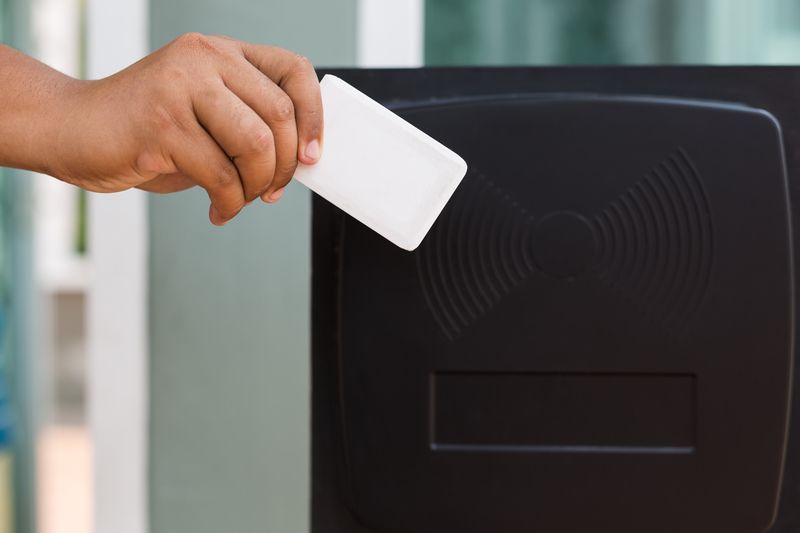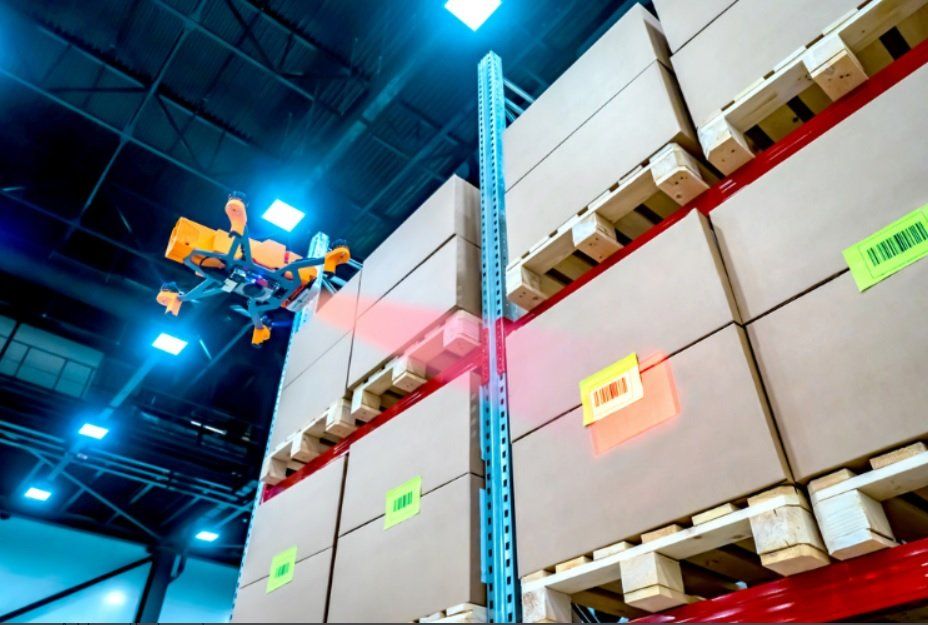Mobile Barcode Scanning Devices and the Associated Risk of Healthcare Related Infections
Healthcare facilities need barcode scanning devices for identification of patients - Is it safe?
A healthcare facility almost always has multiple risks of infection due to the very nature of its operations. Various diseases can easily spread from the patients to the healthcare service providers such as doctors, attendants and nurses.
o Drug Resistant Microbes and the Inherent Danger They Pose
There are many drug resistant microbes. Take for example Methicillin-resistant Staphylococcus aureus (MRSA) infection. This infection is usually caused by a certain category of staph bacteria that eventually becomes resistant to most of the common antibiotics that are used to treat the usual staph infections.
Unfortunately, most MRSA infections generally occur amongst individuals who have been admitted to hospitals or various other ancillary health care settings, such as dialysis centers and nursing homes. When the health care facility is a prime causative factor of this illness it is known as “healthcare-associated MRSA (HA-MRSA)”.
These infections are extremely hard to treat and require highly invasive procedures such as artificial joints, deep surgeries and intravenous tubing. Vancomycin resistant enterococci (VRE) is another similar infection that may be directly linked to a health care facility. Basically, the bacteria is immune to Vancomycin, the antibiotic designed to get rid of it. In order to successfully eliminate all such infections, extremely strict hygiene protocols have to be followed. Furthermore, actual contact must be restricted to a bare minimum.
This is why health care facilities started experimenting with technological innovations designed to minimize the spread of dangerous viruses and bacteria.
One such effort was the early implementation of a uniform barcode administration. Here, the scanning devices were attached to the mobile medication carts.
However, their extension cord often hampered their mobility and also made it quite difficult for nurses to adequately scan the patients’ identification arm. This was due to all the ‘infection control restrictions’ that had already been put into place.
Here, the question of fully mobile, wireless barcode readers became a great solution to the pressing problem of fighting medicine resistant drugs. These devices can easily be used not just for code generation but also patient tracking as well as drug administration. This is the part where Zebra products come into the picture.
o The MC51 Mobile Computer Series
These devices are both rugged and reliable. They can help the health care facility’s employees and other care providers access multiple health care applications, scan barcodes and even consult with doctors via a secure ‘push to call’ option. All of this is possible from a single device only, and the unit is both lightweight and compact enough to fit in the front pocket of any lab coat. It comes suitably well-equipped with government grade FIPS 140-2 security so that all patients’ sensitive data is kept both safe and secure.
o Conclusion
As bug strains become more resistant to medication, we have to stay one step ahead to ensure that infections do not spread, especially at the very facilities that have been created to treat them. Zebra’s game changing barcode scanners and portable computers can be the first line of defense against many such noxious infections. Talk to a Printer & Barcode Technology Specialist now (800) 643-2664 . We are here to help!



